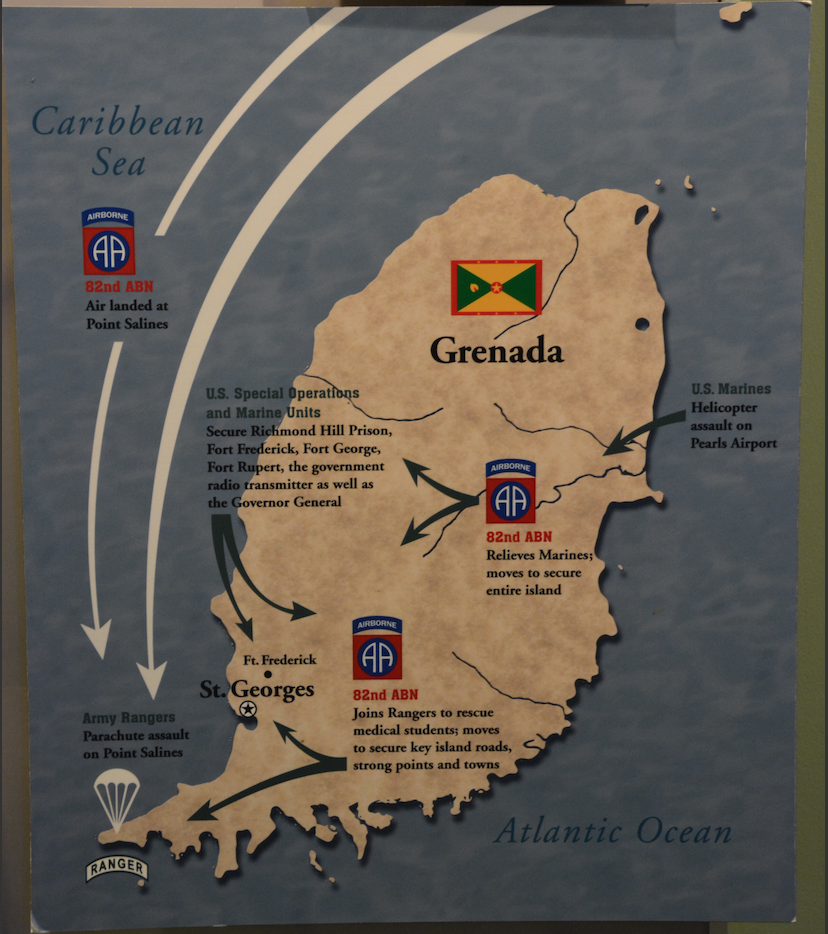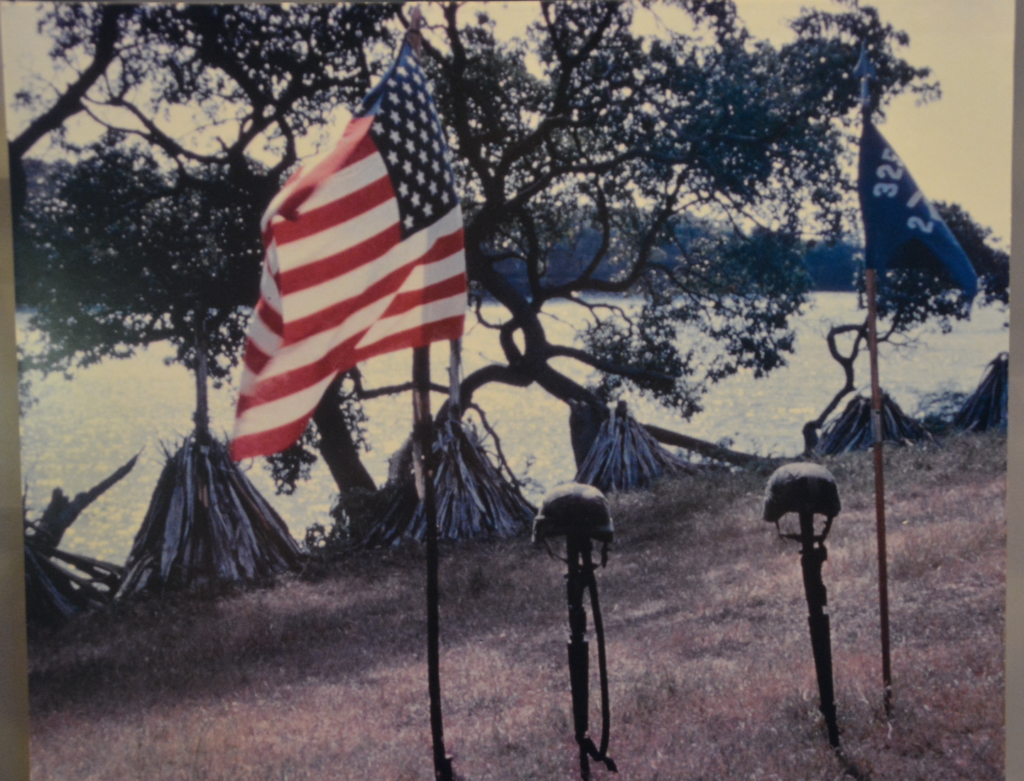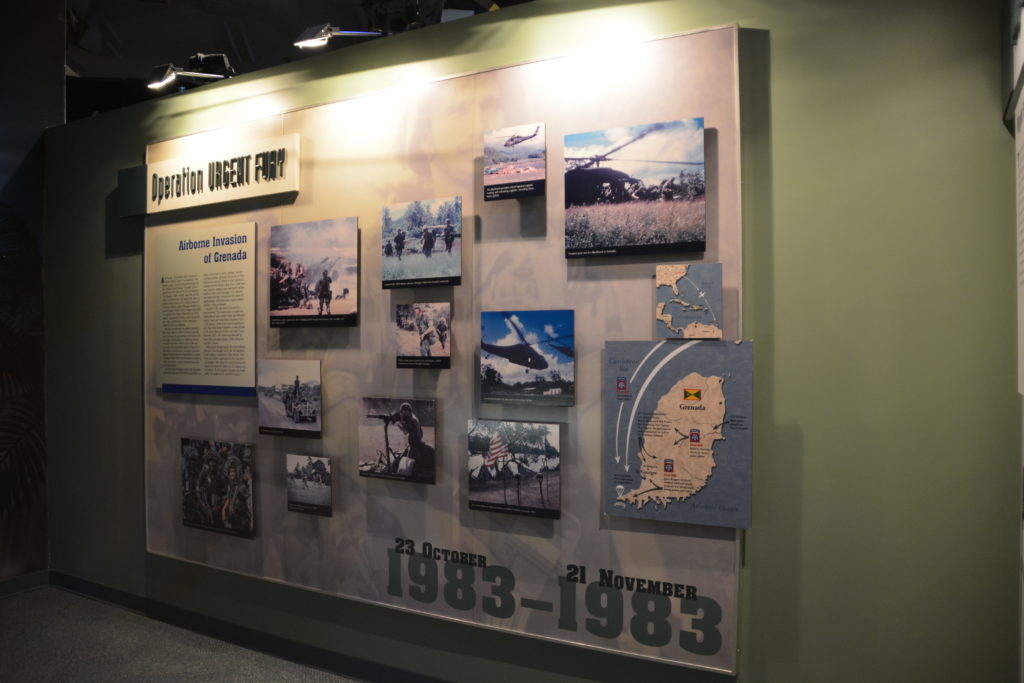Airborne Invasion of Grenada
At 5:36 a.m., October 25, 1983, Lieutenant Colonel Wesley Taylor’s 1st Battalion, 75th Rangers, began a low-level parachute assault on the airfield at Point Salines, Grenada. Taylor’s assault force was followed by the 2nd Battalion, 75th Rangers. Their mission: seize the airfield, clear it out of obstructions and ensure the safety of United States citizens at the nearby campus of Grenada’s medical school. Although planned as a surprise assault, Colonel Taylor’s Rangers discovered very quickly that People’s Revolutionary Army Soldiers, supported by Cubans, were fully alerted and ready to defend the airfield, Operation Urgent Fury was underway.

Grenada first attracted the military interest of the United States in 1979. A Marxist coup that year overthrew the government; the Communists also began construction of a 9,800-foot airstrip. A second and more violent coup in 1983 left more than 100 Grenadians dead. In response to this violence and disorder, Grenada’s governor general secretly asked the Organization of Eastern Caribbean States (OECS) for assistance in restoring order. The OECS, in turn, requested help from the United States.
President Ronald Reagan ordered the Grenadian Intervention because he felt that the possibility of a Soviet client-state in such a strategic location was unacceptable. Moreover, the airstrip at Point Salines was seen as a threat to vital Caribbean sealanes and the Panama Canal, and it could have been used for staging Cuban and Soviet military flights to Africa and Nicaragua. U.S. officials also expressed their concern for the safety of approximately 1,000 Americans, mostly medical students, living in Grenada.

Urgent Fury was hastily planned but overwhelming. The invasion force included the Independence Carrier Battle Group; the helicopter carrier Guam and Amphibious Squandron Four; 1,700 Marines of the 22nd Marine Amphibious Unit; two Army Ranger battalions; a ready brigade of the 82nd Airborne Division; and token forces from the OECS. The island was defended by about 600 Grenadian troops, 2,500 militiamen, and 800 Cubans.
Following the Ranger assault, the 82nd Airborne Division’s 2nd Brigade, led by the 2nd Battalion , 325th Infantry, airlanded at Point Salines. This force was further augmented by the Division’s 3rd Brigade. Their objectives were to secure the island and ensure the safety of U.S. citizens and Grenadians. By October 28, Grenada was firmly under the control of the control of U.S. and OECS forces.

Interested in learning more about Operation Urgent Fury? Come and visit the Museum to see the exhibit pictured above!



